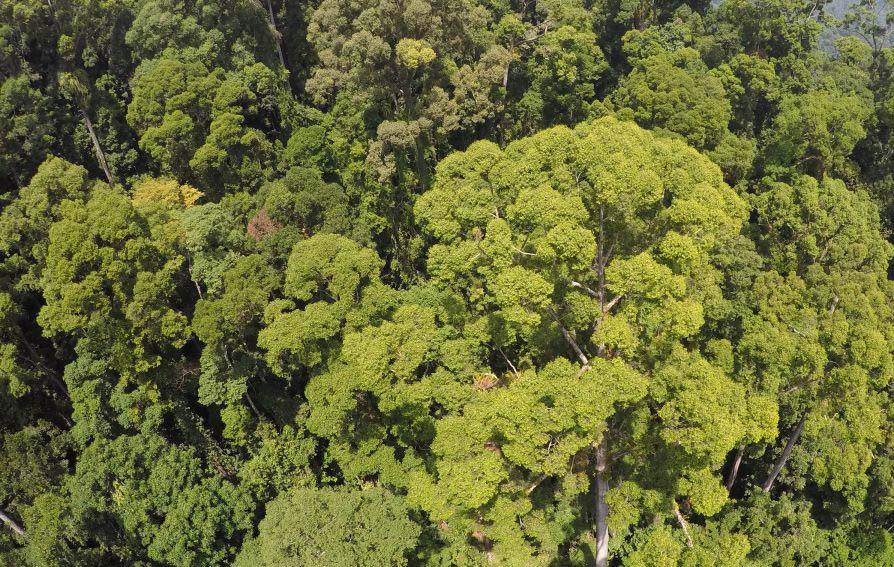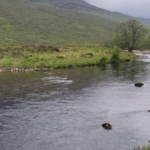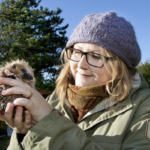The Sabah Biodiversity Experiment

One of the largest ecosystem restoration experiment in the world, the experiment has been going on for almost half a century. It has planted 100,000 trees over more than 5 square kilometres of a remote area of logged forest to investigate how it can be best restored. The project, located in Northern Borneo, Malaysia, studies 25 species in detail including the world’s tallest tropical tree species and other endangered relatives. The dipterocarp tree species that dominate in South East Asian forests can grow up to 100 m, making them the world’s tallest tropical trees!
Tropical ecologists have been monitoring the trees in the field since planting started in 2002, but the off-the-charts size of the project needed some high-tech help to get a real overview of one of the world’s largest ecological experiments. The new collaboration with remote sensing experts has used satellite imagery to assess a range of different methods of forest restoration. The experiment compares control areas left to recover on their own with neighbouring plots treated with restoration techniques that include replanting with seedlings of the logged-out species and the removal of climbing vines and lianas that compete with the trees (Wu et al., 2020).
Digg deeper
Explore the Oxford Plant Ecology Lab , and watch this cool video “Scientists discover, climb and describe the world’s tallest tropical tree” on the Zoology Department’s website.
References
- Cardinale et al., Effects of biodiversity on the functioning of trophic groups and ecosystems, Nature, 443, 989, 2006.
- Hector, A., Ecology: diversity favours productivity, Nature, 472, 45, 2011.
- Wu, J. et al. Monitoring tropical forest degradation and restoration with satellite remote sensing: A test using Sabah Biodiversity Experiment, Advances in Ecological Research, 2020.
Other recent stories




